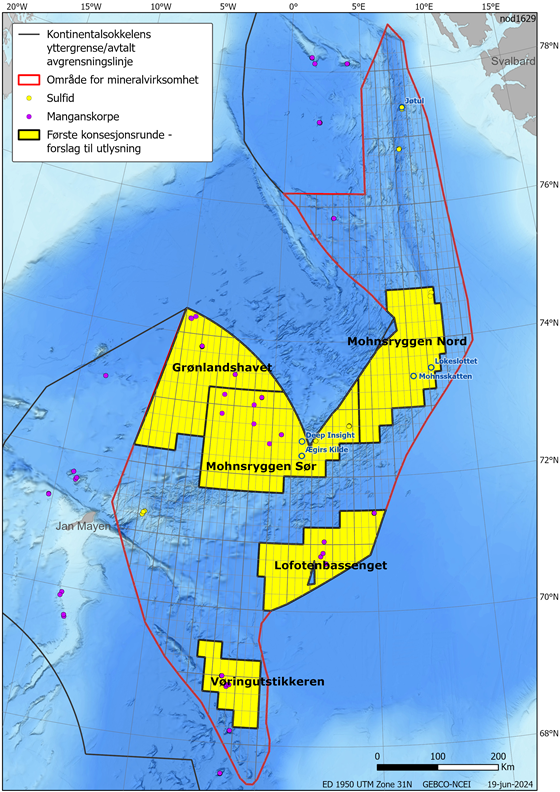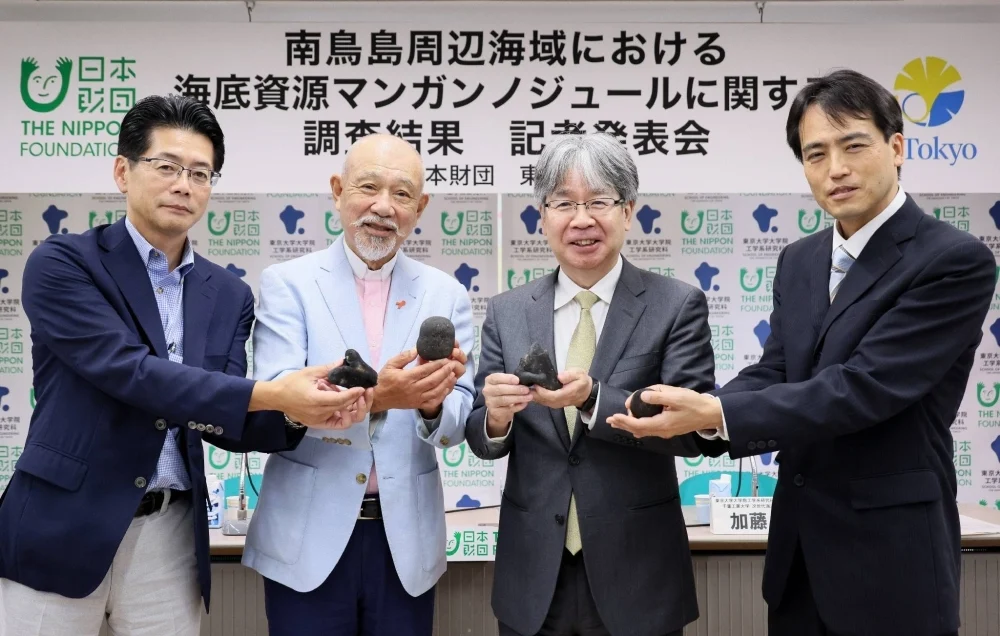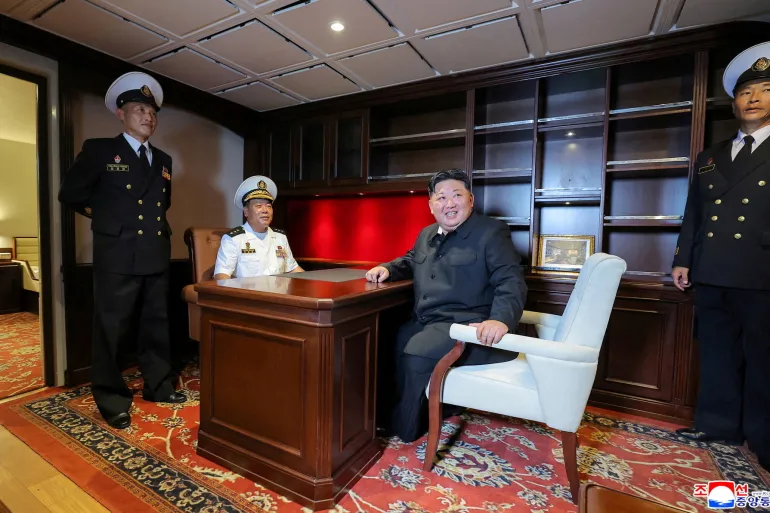Japan’s recent discovery of significant nickel and cobalt deposits near Minami-Tori-shima Island, about 1,200 miles from Tokyo, could reshape its position in the global resource supply chain. These underwater nodules hold promise for Japan’s economic future.
The discovery, made by a joint team from The Nippon Foundation and the University of Tokyo, has identified 610,000 metric tons of cobalt and 740,000 metric tons of nickel, with a combined estimated value of approximately $26.29 billion. These deposits are located on the seabed at depths between 5,200 and 7,400 meters, entirely within Japan’s Exclusive Economic Zone (EEZ). These metals are critical for producing electric vehicle batteries, wind turbines, and other advanced technologies, and their extraction could significantly reduce Japan’s dependence on imports
Environmental and Geopolitical Implications
Japan plans to begin extracting these materials by 2025, but significant environmental concerns accompany this initiative. Studies suggest that up to 40% of marine life in affected areas could be destroyed due to deep-sea mining activities. Balancing economic gain with environmental stewardship will be essential. Geopolitically, this discovery could give Japan a strategic edge in the competition for critical materials necessary for modern technology and renewable energy transitions.
Norway’s Vast Mineral Deposits
Similarly, Norway has identified extensive mineral reserves within its EEZ in the Norwegian and Greenland Seas. These deposits are rich in cobalt, copper, and rare earth elements, potentially meeting global demand for years. Norwegian companies, including Loke Minerals and Green Minerals, have already applied for licenses to explore these areas. Norway plans to award its first seabed exploration licenses by 2025, covering 280,000 square kilometres. Green Minerals has nominated four specific areas for exploration.
Resource Estimates and Economic Potential
According to the Norwegian Petroleum Directorate, Norway’s continental shelf contains an estimated 38 million metric tons of copper, alongside significant quantities of cobalt and rare earth metals. Based on current market prices:
- Copper: Approx. $8,000 per ton
- Cobalt: Approx. $35,000 per ton
This positions the estimated value of Norway’s mineral resources at $600 billion to over $1 trillion, depending on recoverable quantities and operational feasibility. These figures highlight the substantial economic potential of Norway’s seabed resources.

Challenges and Future Outlook
If successfully developed, these resources could diversify Norway’s economy, reducing its reliance on oil and gas. However, several challenges remain, including environmental concerns, technological hurdles, and high extraction costs. The timeline for mining suggests operations may not begin until the 2030s, given the need for extensive exploration, environmental studies, and technology development.
Both Japan's and Norway’s discoveries illustrate the growing importance of seabed mining in securing critical materials for the global energy transition. While these initiatives hold significant economic promise, they also underscore the pressing need to address environmental and ethical concerns to ensure sustainable resource extraction.













Discussion